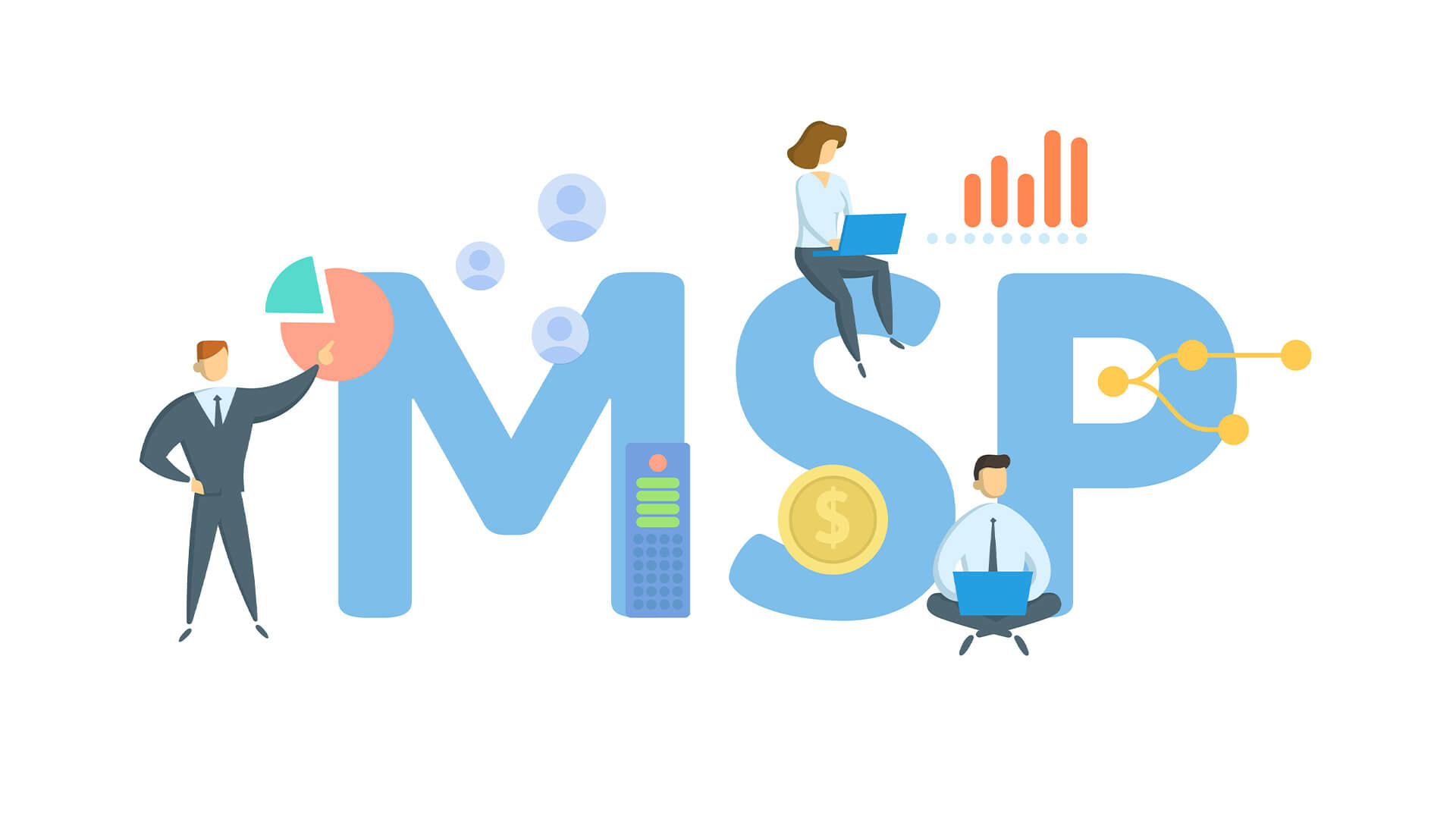Emerging decades ago, the managed service provider (MSP) business model was a product of the instant popularity of the internet. Today, with the fast-paced advancement of technology, MSPs have matured into an on-demand mechanism for delivering IT services and have become a core part of almost any modern business– from startups to large enterprises.
MSPs like Buchanan Technologies, a Toronto based IT support services firm, are hired to provide IT-related tasks from remote monitoring and tech support to cybersecurity management. The strong demand for MSPs and potentially high revenue have made them an attractive business model for budding entrepreneurs.
In this article, we’re sharing the steps and insights on how to start and execute a successful MSP business model.
1. Define and Document Your Business Strategy
The first step in how to sell IT and managed services is to brainstorm your strategy. A business strategy is a clear set of plans, goals, and actions outlining how a business will compete in a specific market or industry with its products and services.
Creating a business strategy is critical for any business looking to establish and grow its business successfully. In addition, it’s good practice to document your strategy. It should detail all aspects of your MSP business and should include measurable and auditable objectives and targets.
2. Developing Your Offering
Once you develop your strategy, you must start developing your MSP offering. Here, you need to define which technical services you’ll offer and how you’ll bundle them together. Even if you have the skills or a team with a range of technical services, you need to focus more on key areas and ones that can bring you the most profitability.
You can do this by checking the local market and determining the demand in your area. You also want to consider which services you can offer most effectively in terms of skills and cost. For instance, which technical services do you excel in? Does this service require you to purchase specialized software and hardware that may be impractical for your budget?
It’s best if you can opt for a skill you’re an expert in and fits your budget. As your business grows, you can then expand to include other IT-related services.
3. Formulate Your Pricing
Your pricing model offers the basis for recurring revenue. Formulating the proper pricing can make it easier for clients to assess and consume your offerings. In general, MSPs have various pricing models to choose from. The pricing model you choose will depend on the scope of your technical services and your customer base.
- All-You-Can-Eat: This pricing model covers all on-site and remote support for a flat monthly fee.
- A La Carte: This type is based on discrete services focusing on specific customer needs, providing them greater flexibility.
- Per-User/Per-Device: Clients are charged a flat monthly or yearly fee per user or device with this pricing model.
- Tiered: This model provides different tiers or bundled services. The price increases from one tier to another as more advanced or comprehensive services are included.
4. Invest In the Right Software
As a tech business, MSPs rely on various software and hardware tools to do their jobs. Depending on the services you offer, there are multiple tools you’ll need.
When choosing your software and hardware, make sure to do your homework. Evaluate the different options available and weigh their benefits and costs. You need to plan your hardware and software procurement carefully. Don’t just get the first tool you find or the one you’re familiar with because it may not prove to be the easiest to use or most cost-effective option in the long run.
5. Devise a Sales and Marketing Strategy
Once you’ve fully prepared your MSP business, you need to find your first clients. Even if MSPs are in high demand, finding and getting your first client can be challenging as a starting business. Thus, you want to plan for an effective marketing and sales strategy.
From developing an effective website and mastering SEO to connecting to customers on social media and leveraging email–there are numerous ways to market your MSP business. That said, if you have the budget and want to focus more on improving your business, you can also partner with a digital marketing services firm to help boost brand awareness and attract potential clients.
Take Away
Starting an MSP business model is a lucrative venture to try today. Outlook for future growth is strong, especially now as more businesses rely on IT to offer services and products in a fast-paced digital world.
That said, if you’re an aspiring entrepreneur thinking of establishing an MSP business, we hope that this article has provided you with insights to ensure that your MSP is set up for success right from the start.










